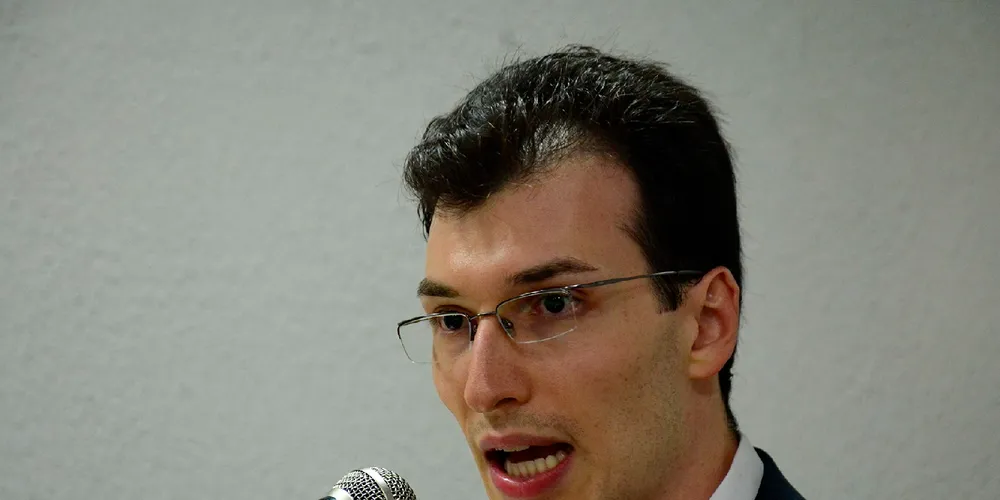Brazil must raise cap price for upcoming PV tender: Absolar
Despite a strengthening of the Brazilian real (BRL) over the past year, the Brazilian Solar Power Association (Absolar) is calling for cap prices in December's reserve tender to be adjusted upwards from the R$381 ($117) per MWh in last November's tender, to take account of other changes in Brazil’s economy.
